Still Bored, Zero Creativity, Zero Inspiration, Zero Productivity…








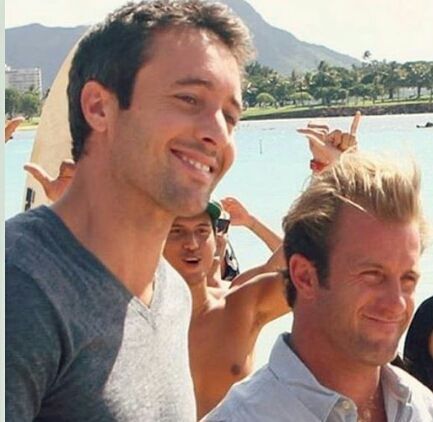

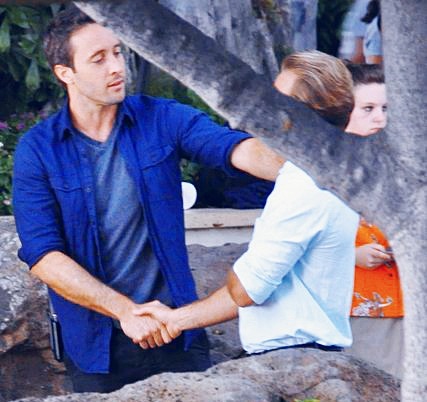

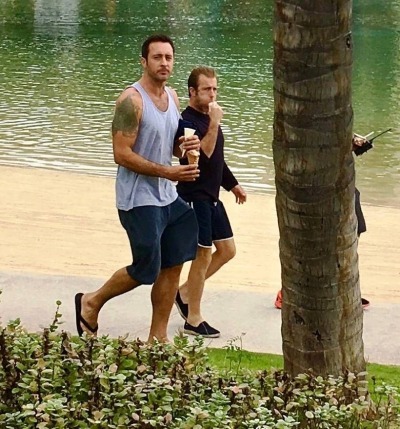

Still bored, zero creativity, zero inspiration, zero productivity…
here you have some pictures of Alex and Scott I really like
Plus: is this one 'real'?

Mandatory Bonus pic

Happy Bonus gifs






More Posts from Dragonmimi and Others

Please Support The Shark Dentition DNA Project
From Ralph Collier We have completed Phase 1 of our DNA project and have now reached a critical juncture in Phase 2 which will be a completely non-invasive method of obtaining a DNA profile from an Elasmobranch, but we need your help. Please Donate Here [x]
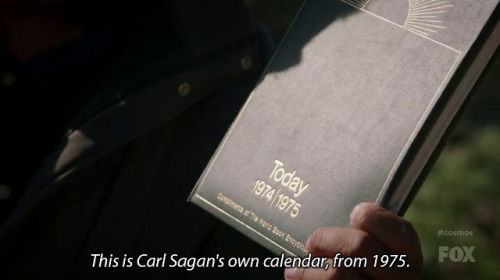
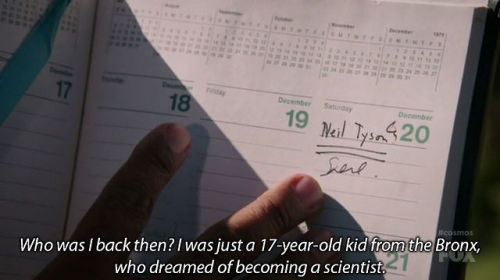
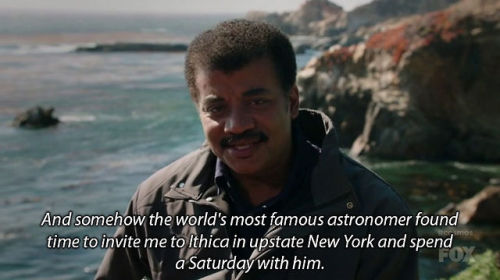
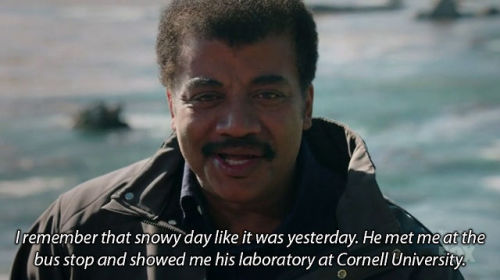
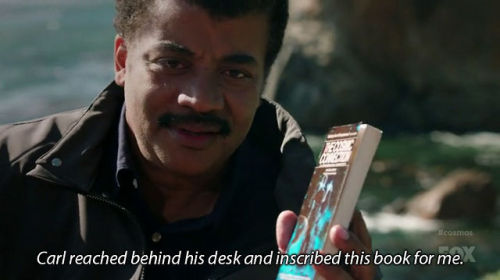
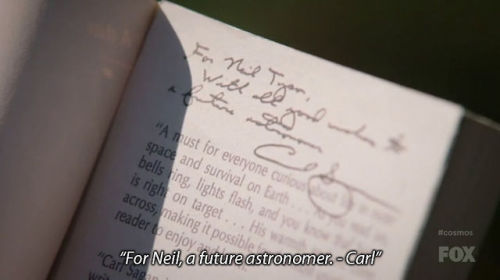
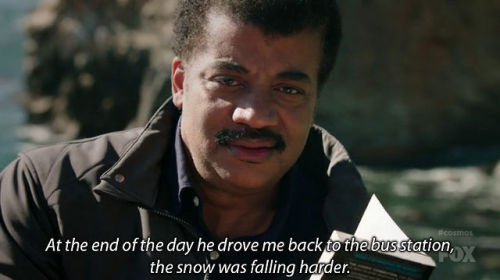
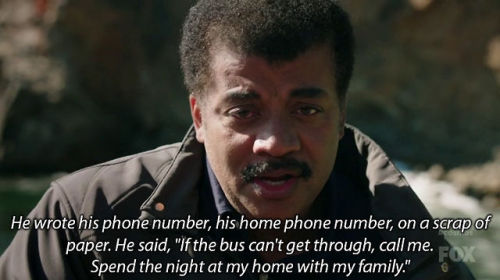
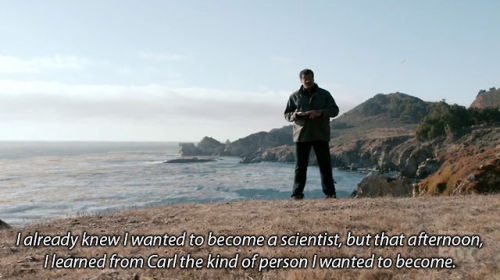
The bus driver did a wonderful thing. G-d bless him.


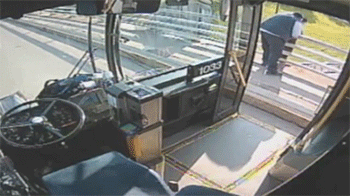
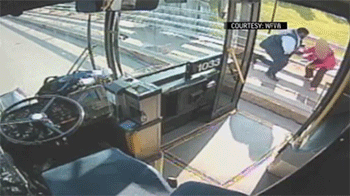

Bus driver saves woman from jumping off bridge - From Siz (Get the app)
Video
It'a all up to Roger now. If it helps, I used to have a pet Goldfish named Roger. I won him at a fair.
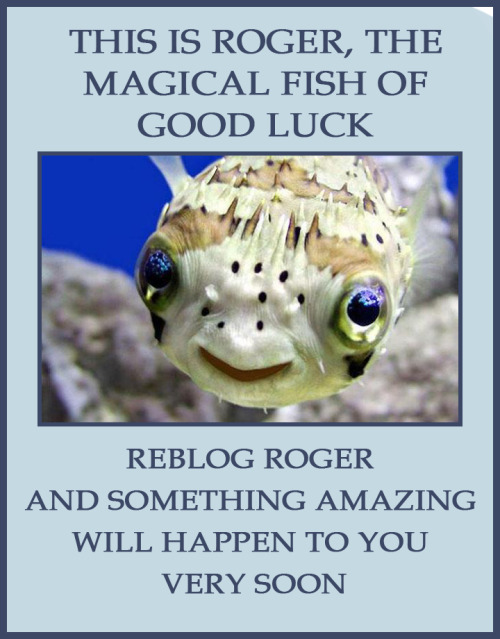
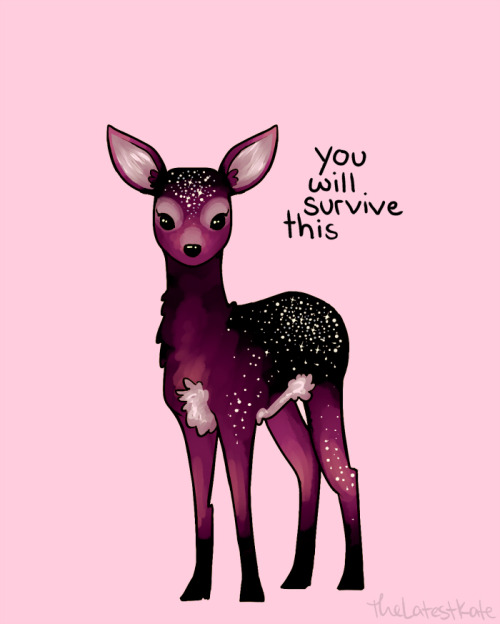
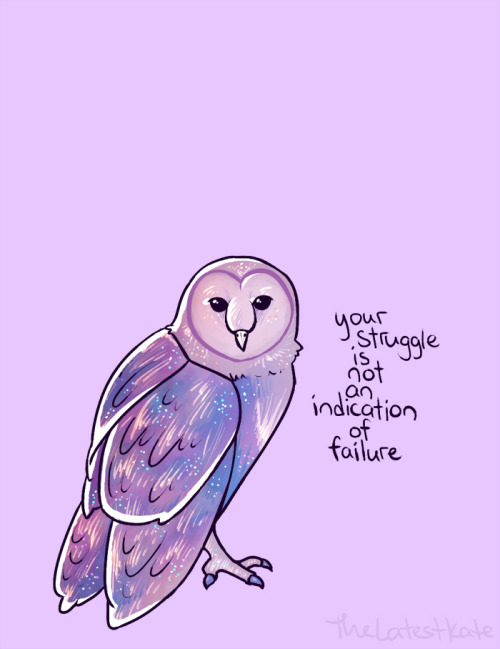
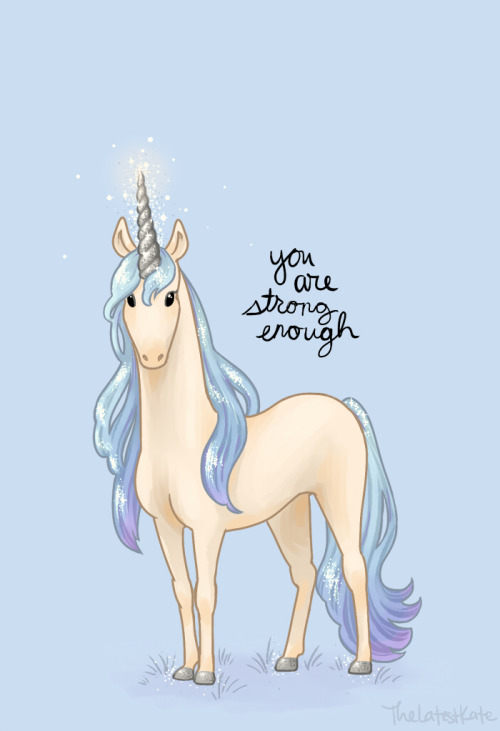
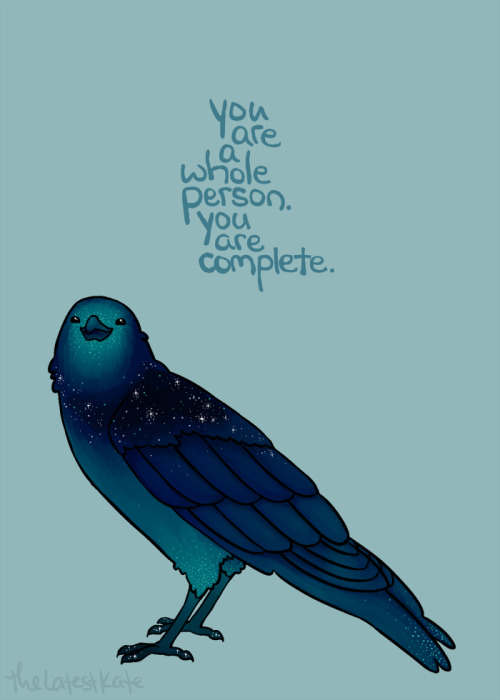
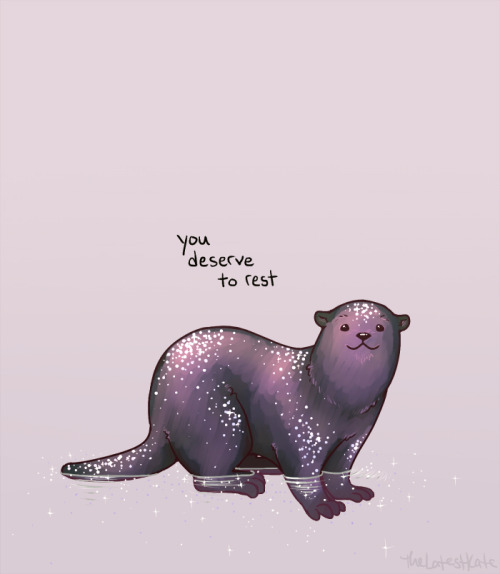
He does look good!



I’m into Brazilian jiu jitsu, and there’s a big jiu jitsu community here, which I like a lot.
Surprise!
I have given in and joined Tumblr. Let me see how easy it is to find the blogs of the people I know! Here I go....

How will the James Webb Space Telescope change how we see the universe? Ask an expert!
The James Webb Space Telescope is launching on December 22, 2021. Webb’s revolutionary technology will explore every phase of cosmic history—from within our solar system to the most distant observable galaxies in the early universe, to everything in between. Postdoctoral Research Associate Naomi Rowe-Gurney will be taking your questions about Webb and Webb science in an Answer Time session on Tuesday, December 14 from noon to 1 p.m EST here on our Tumblr!
🚨 Ask your questions now by visiting http://nasa.tumblr.com/ask.
Dr. Naomi Rowe-Gurney recently completed her PhD at the University of Leicester and is now working at NASA Goddard Space Flight Center as a postdoc through Howard University. As a planetary scientist for the James Webb Space Telescope, she’s an expert on the atmospheres of the ice giants in our solar system — Uranus and Neptune — and how the Webb telescope will be able to learn more about them.

The James Webb Space Telescope – fun facts:
Webb is so big it has to fold origami-style to fit into its rocket and will unfold like a “Transformer” in space.
Webb is about 100 times more powerful than the Hubble Space Telescope and designed to see the infrared, a region Hubble can only peek at.
With unprecedented sensitivity, it will peer back in time over 13.5 billion years to see the first galaxies born after the Big Bang––a part of space we’ve never seen.
It will study galaxies near and far, young and old, to understand how they evolve.
Webb will explore distant worlds and study the atmospheres of planets orbiting other stars, known as exoplanets, searching for chemical fingerprints of possible habitability.
Make sure to follow us on Tumblr for your regular dose of space!

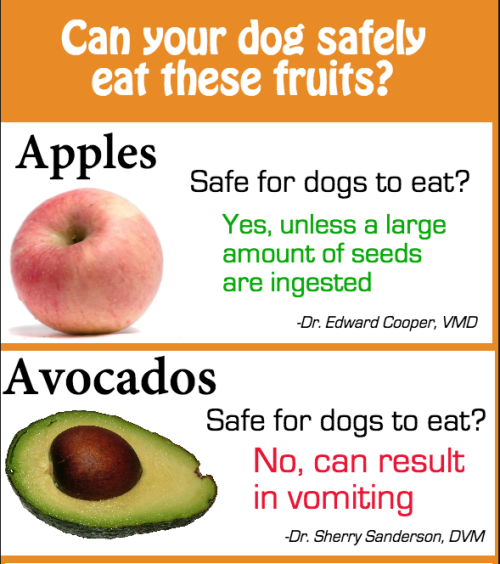


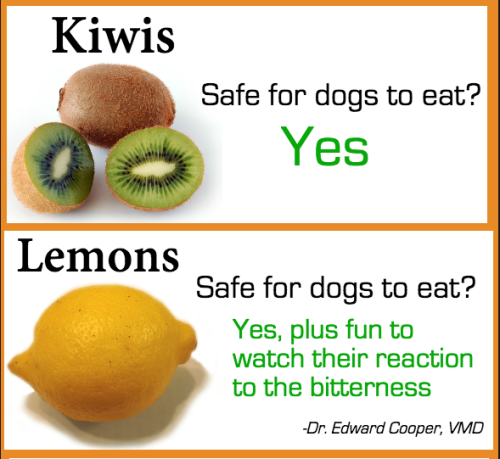
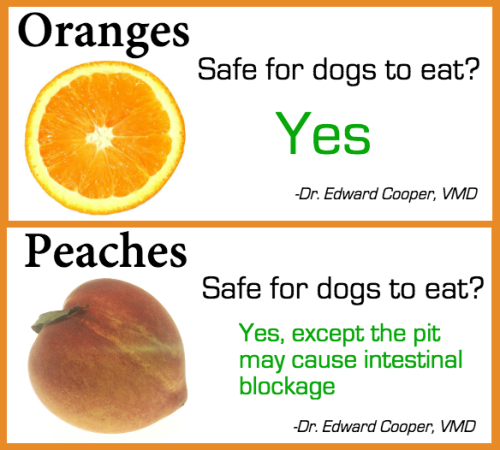


i saw this on imgur and well, even if something like this is going around on tumblr already it is important.
link to imgur post
-
 baby-blue-bubbles liked this · 2 weeks ago
baby-blue-bubbles liked this · 2 weeks ago -
 sun-ni-day reblogged this · 3 weeks ago
sun-ni-day reblogged this · 3 weeks ago -
 johnnyrunaway liked this · 3 weeks ago
johnnyrunaway liked this · 3 weeks ago -
 turquoisepolkadots reblogged this · 3 weeks ago
turquoisepolkadots reblogged this · 3 weeks ago -
 trudayss reblogged this · 3 weeks ago
trudayss reblogged this · 3 weeks ago -
 trudayss liked this · 3 weeks ago
trudayss liked this · 3 weeks ago -
 killerandhealerqueen liked this · 3 weeks ago
killerandhealerqueen liked this · 3 weeks ago -
 pagemay44 liked this · 3 weeks ago
pagemay44 liked this · 3 weeks ago -
 hey-itscharli liked this · 4 weeks ago
hey-itscharli liked this · 4 weeks ago -
 scknights liked this · 4 weeks ago
scknights liked this · 4 weeks ago -
 ezreyesz liked this · 4 weeks ago
ezreyesz liked this · 4 weeks ago -
 theregoesthebellhop liked this · 1 month ago
theregoesthebellhop liked this · 1 month ago -
 itzmikaelab liked this · 1 month ago
itzmikaelab liked this · 1 month ago -
 subduedorchid liked this · 1 month ago
subduedorchid liked this · 1 month ago -
 surrender-to-love-x reblogged this · 1 month ago
surrender-to-love-x reblogged this · 1 month ago -
 nightwings-neighbour liked this · 1 month ago
nightwings-neighbour liked this · 1 month ago -
 hannahm1122334455 liked this · 1 month ago
hannahm1122334455 liked this · 1 month ago -
 iamhere028 reblogged this · 1 month ago
iamhere028 reblogged this · 1 month ago -
 neoanne liked this · 1 month ago
neoanne liked this · 1 month ago -
 t4mesis liked this · 1 month ago
t4mesis liked this · 1 month ago -
 oridwalin liked this · 1 month ago
oridwalin liked this · 1 month ago -
 bmntgirl liked this · 1 month ago
bmntgirl liked this · 1 month ago -
 heehedhsa liked this · 1 month ago
heehedhsa liked this · 1 month ago -
 mignonette27 reblogged this · 1 month ago
mignonette27 reblogged this · 1 month ago -
 mignonette27 liked this · 1 month ago
mignonette27 liked this · 1 month ago -
 inspo6 liked this · 1 month ago
inspo6 liked this · 1 month ago -
 sussexualtension reblogged this · 1 month ago
sussexualtension reblogged this · 1 month ago -
 thetimetravellercat liked this · 1 month ago
thetimetravellercat liked this · 1 month ago -
 ghostextremist reblogged this · 1 month ago
ghostextremist reblogged this · 1 month ago -
 oathkeeper92 liked this · 2 months ago
oathkeeper92 liked this · 2 months ago -
 too-precious-for-this-worldd reblogged this · 2 months ago
too-precious-for-this-worldd reblogged this · 2 months ago -
 tahelms85 reblogged this · 2 months ago
tahelms85 reblogged this · 2 months ago -
 emily-2025 liked this · 2 months ago
emily-2025 liked this · 2 months ago -
 upsidedean liked this · 2 months ago
upsidedean liked this · 2 months ago -
 goodytwolose liked this · 2 months ago
goodytwolose liked this · 2 months ago -
 righteousbisexual16 liked this · 2 months ago
righteousbisexual16 liked this · 2 months ago -
 lifewouldbebetteronmars liked this · 2 months ago
lifewouldbebetteronmars liked this · 2 months ago -
 wrathandrapture liked this · 2 months ago
wrathandrapture liked this · 2 months ago -
 androgynouswhisperskingdom liked this · 2 months ago
androgynouswhisperskingdom liked this · 2 months ago -
 alwayssublimedelusion liked this · 2 months ago
alwayssublimedelusion liked this · 2 months ago -
 trickster-archangel reblogged this · 2 months ago
trickster-archangel reblogged this · 2 months ago -
 dannysliver reblogged this · 2 months ago
dannysliver reblogged this · 2 months ago -
 dannysliver liked this · 2 months ago
dannysliver liked this · 2 months ago -
 everynothingbr liked this · 2 months ago
everynothingbr liked this · 2 months ago -
 bee1968-ch reblogged this · 2 months ago
bee1968-ch reblogged this · 2 months ago -
 666thtoolofhell reblogged this · 2 months ago
666thtoolofhell reblogged this · 2 months ago -
 morgantaylorchase liked this · 2 months ago
morgantaylorchase liked this · 2 months ago -
 geeky--love reblogged this · 2 months ago
geeky--love reblogged this · 2 months ago -
 shui-ye liked this · 2 months ago
shui-ye liked this · 2 months ago
Sharing my love of birds, dragons, sharks, space and all things Stargate!
86 posts